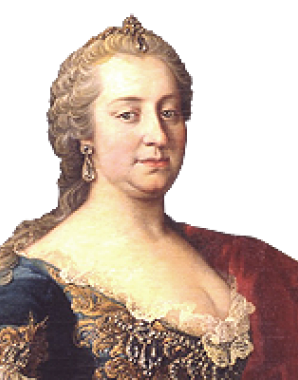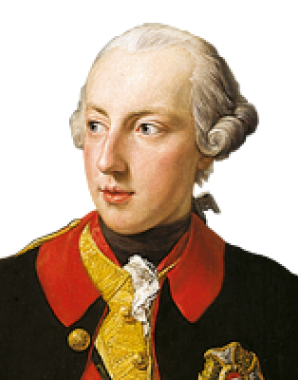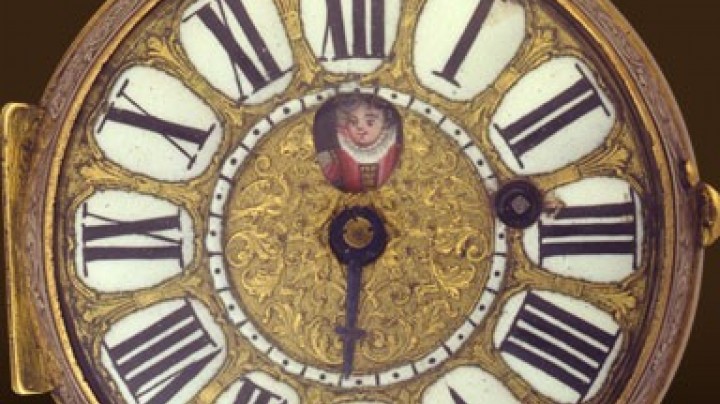The idea of tolerance
In his Tolerance Patents, Joseph II provided important impulses for the freedom of religion.
With the Enlightenment the idea of religious tolerance also began to be accepted, but it took some time before it was put into practice. Maria Theresa still considered tolerance of other denominations to be ‘highly dangerous’ and had secret Protestants pursued. Since the Counter-Reformation, many Protestants had fled beyond the borders of the Habsburg Monarchy, but in a number of Alpine valleys in Styria, Carinthia and Upper Austria, and in the east of Bohemia and Moravia, Protestantism had survived in secret, although its adherents could not publicly profess their beliefs. However, Maria Theresa recognized that she was dependent on the specialist knowledge and the capital of Protestant entrepreneurs. Accordingly such people were tolerated, though not their faith. In many cases Maria Theresa had Protestants removed to Hungary or other areas of the Monarchy, so that their economic power was retained for the Habsburg Empire.
The Empress behaved in a particularly intolerant way towards Jews.
Marriage restrictions permitted only the eldest son of Jewish families to marry. If Jews happened to encounter a priest carrying the host they were obliged to leave the road or street. In addition there was a curfew for Jews on Catholic feast days. Discriminatory dress regulations compelled Jewish men to wear beards. Ultimately the Jewish population and the Court Jews in particular were tolerated for the simple reason that they could provide the financial capital that the Monarchy so urgently needed.
It was not until the reign of Joseph II that tolerance began to be implemented consistently. For service to the State Joseph accorded rights to Protestants, Jews and Greek Orthodox believers. Between 1781 and 1789 he passed Tolerance Patents for Bohemia, Trieste, Silesia, Vienna, Lower Austria, Moravia, Hungary, Transylvania, Galicia and Bukovina. These did away with dress regulations and allowed non-Catholics to participate in trade, industry and commerce. The tolerated groups were now also admitted to universities. Not all of them trusted the ruler’s intentions: the Protestants of Upper Austria, for example, only professed their religion tentatively, since they still feared deportation. In Tyrol tolerance was even challenged, and in the Zillertal (Tyrol) Protestants continued to be expelled until the middle of the nineteenth century.















